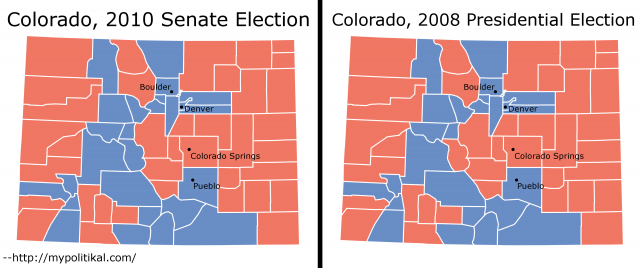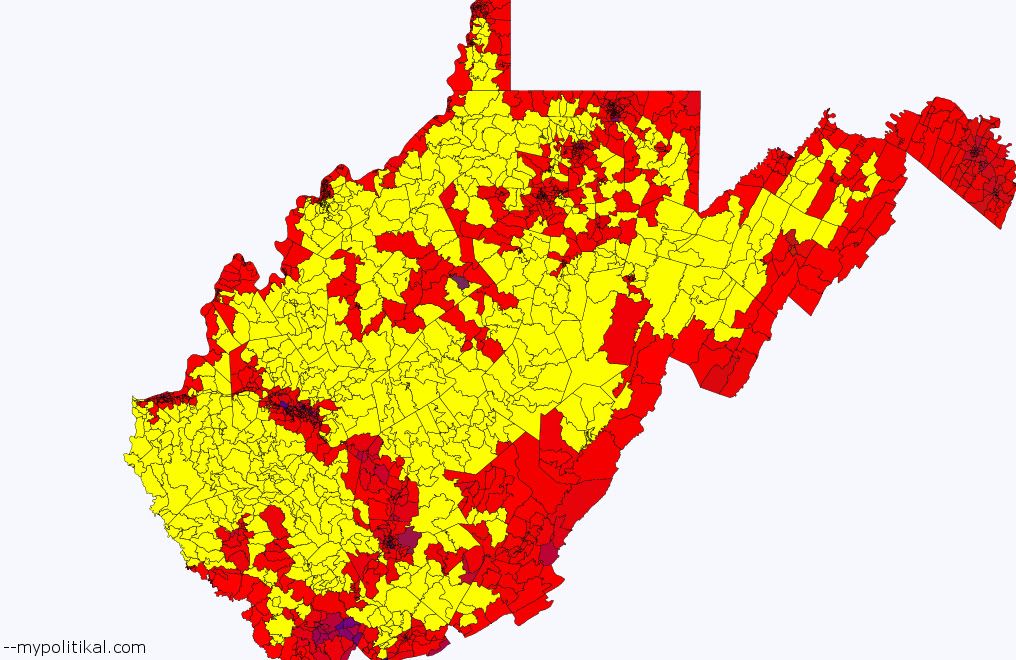You currently seem all caught up in the idea of adopting the congressional district system that’s currently used by Maine and Nebraska. You believe that it would give you a hand up in those Democratic and swing states where you control the legislature and the governorship. You also know that everyone sees through what you’re doing and realize that it’s nothing more than a naked power grab. Therefore, I have a little piece of advice for all of you. Dispense with the pleasantries and formality of democracy. Dispense with the whole concept of letting the people vote for their president. Openly, and completely, embrace your naked power grab that attempts to subvert the will of the people and prevent that evil Democrat Party from doing pesky things like winning election.
So, how, exactly, can this be done? It’s good that you ask. You claim to love the Constitution and only want to enforce it. Well, there’s a provision in the Constitution that would allow you to do exactly that. It’s Article II, Section 1, second paragraph:
Each state shall appoint, in such manner as the Legislature thereof may direct, a number of electors, equal to the whole number of Senators and Representatives to which the State may be entitled in the Congress: but no Senator or Representative, or person holding an office of trust or profit under the United States, shall be appointed an elector.
See these words:
in such manner as the Legislature thereof may direct
?
That means you don’t have to hold elections to appoint electors. You can just state that your state will have their electors appointed by the legislature, rather than by popular vote. This means that you can just appoint Republican electors and it won’t matter that the people you claim to represent support a Democratic candidate for president and vice president. You’re just exercising your constitutional authority. It’s perfectly legal and it’s perfectly undemocratic. In fact, there’s even precedent for it. In the early days of the Republic, nearly all states had electors appointed by the legislature and not elected by popular vote. In fact, it wasn’t until after the Civil War that South Carolina finally gave up that practice and every state saw presidential and vice presidential electors voted in by the people.

